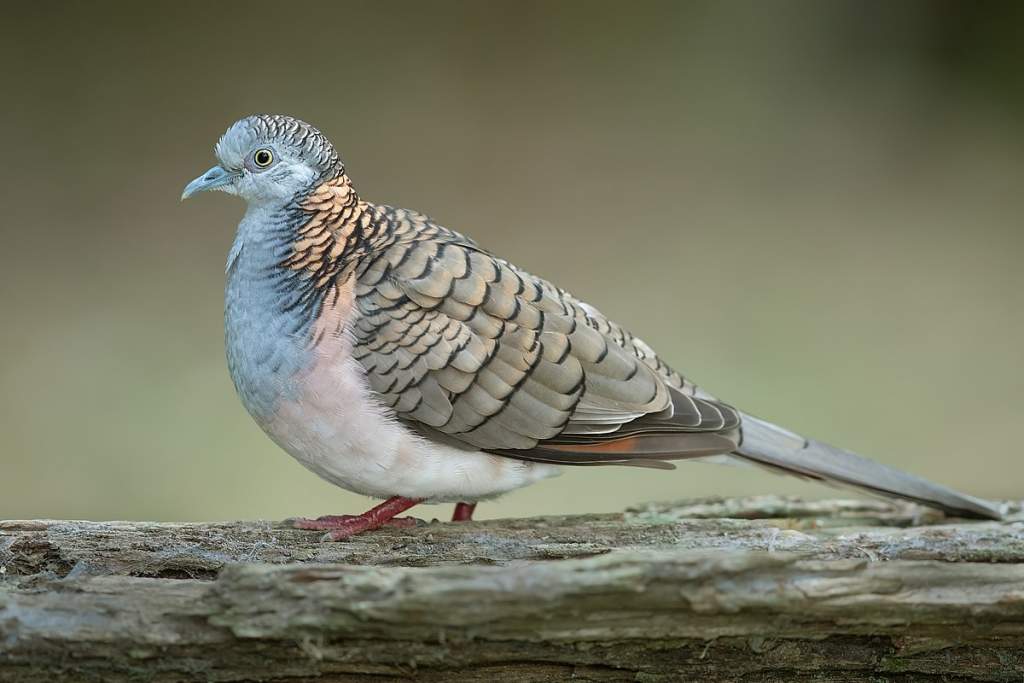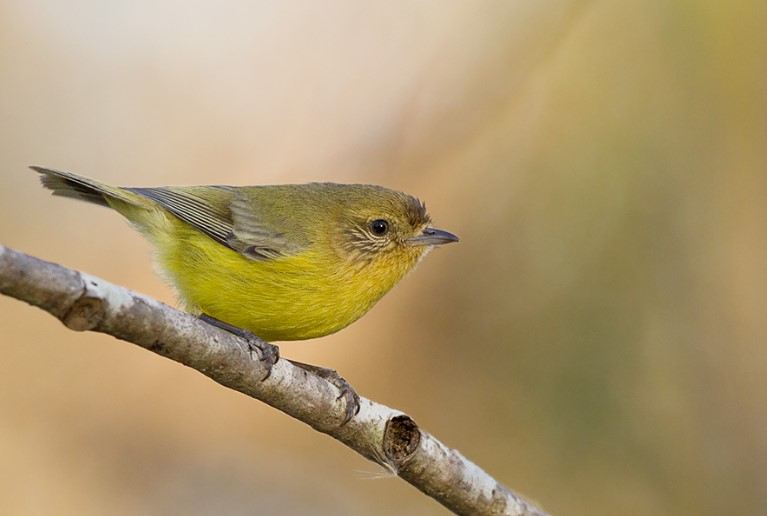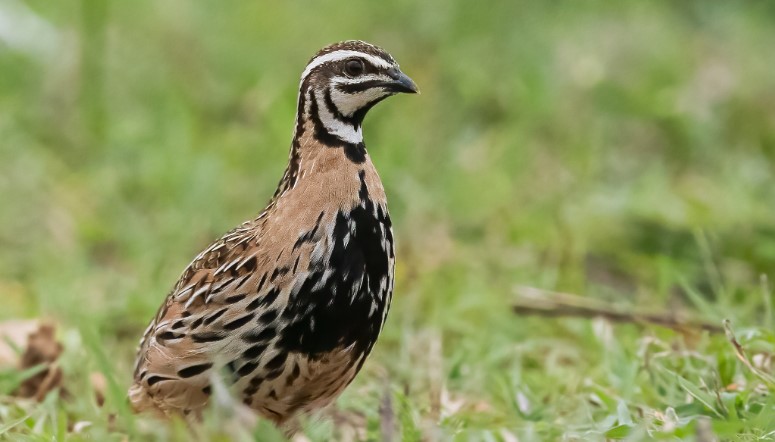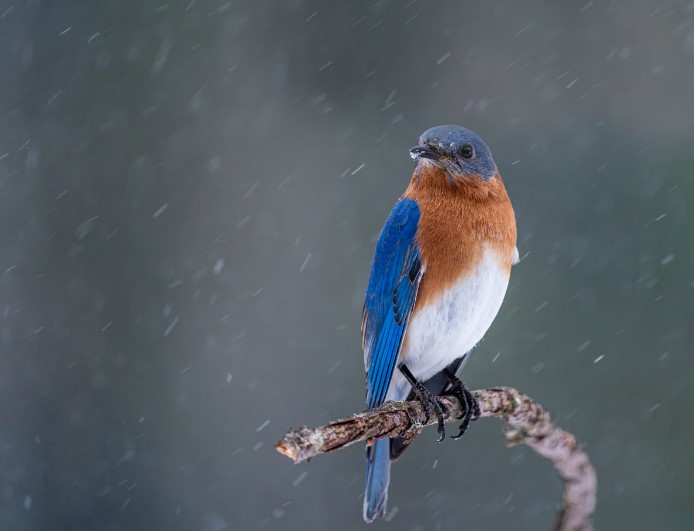Bar-shouldered Dove found in the tropical north of Australia, fringes of pandanus palms frequently separate river floodplains from eucalypt uplands. It is in and near these strips that the Bar-shouldered Dove is most numerous, and in the northern territory, the bird is appropriately identified as the Pandanus Pigeon.
It favors the scrubby borders of plains, swamps, creeks, and mangroves along estuaries, never moving far from water and fairly dense cover. Bar-shouldered doves are usually seen in small groups, but at the end of dry seasons, more than one hundred birds may gather for food. They eat a wide variety of bulbs of sedges and the seeds of grasses, lucernes, Medicago, and herbs; the food changes from month to month according to availability. Bar-shouldered doves only eat on the ground, where they can run and walk quickly. However, they spend the night in trees or pandanus palms, where they construct their flimsy nests.
Usually flying low over the ground, they take off quickly when startled. Their flight is swift and direct, with regular wing beats. They go to water at any time of the day but mainly in the late afternoon when their crops are full. The doves usually alight in a nearby tree before dropping down to walk to the water.
Bar-shouldered Doves are sedentary or locally nomadic, moving to food sources within a small area, or dispersing to breed. As a rule, the same birds remain in the same area year after year. Male bar-shouldered doves take off in a display flight, rising for 20–30 meters on clapping wings, then descending on outstretched wings and tails.
Their bowing display is similar to that of the Peaceful Dove, but they do not lift their tails so high. The Bar-shouldered Dove has adapted well to human settlement in the agricultural districts of the east coast, especially where land clearing has opened up dense forests and farms provide waste food.
Since the 1930s, however, competition with the introduced Spotted Turtle-Dove seems to have resulted in a decrease in the native bird’s numbers in these areas. No such threat exists across northern Australia or in southern New Guinea. This dove is also known as the Pandanus pigeon or mangrove dove. The size of a bar-shouldered dove is about 295–310 mm. Both sexes are similar, however, the male has a blue-gray crown, the edges of the feathers black; back of the neck is vivacious with black-tipped feathers. Though, the rest of the upper parts are brown, barred with black; the upper side of the tail is dark brown.
The throat is pale grey, the upper breast is blue-gray, and the lower breast and belly are white with a pink wash. Though, the underside of the tail is brown with white tips to feathers, the underside of the wings is rufous-brown, and the flight feathers are brown. The eyes are green-yellow; with an eye-ring pale blue to red during breeding. Bill and cere are blue-grey, along with pink feet. The immature bird is little a duller than an adult; crown and hind neck are brown; throat and breast streaked. The downy young are fawn.
The call of Bar-shouldered Dove is a penetrating coo of three syllables, kook-a-wook, or holly-hock. In bowing display, the bird emits harsh coo-ah; an abrupt rallying cuck-oo, and jumbled, laughing cooo.
Bar-shouldered Dove nests can be found at all times of the year; in northern Australia, mostly March–July; in the south, mostly November-January. Nests are made of a platform of fine twigs, 100 mm in diameter and 20 mm thick; on a horizontal branch or in a pandanus palm, usually within 6 meters of the ground.
The bar-shouldered dove clutch contains two smooth, glossy white eggs that are in the oval shape of about 27 x 21 mm. The incubation period is about 15–16 days for both sexes. The juvenile bird fledges in about three weeks.
This dove is mostly found in better-watered coastal and near-inland regions, from Kimberley, WA, across the north coast and down the east coast to Manning River, New South Wales, a semi-isolated population in coastal Pilbara, Western Australia. In the south, the distribution extends inland to the Darling-Lachlan valleys.
Bar-shouldered doves live in scrubby fringes to plains, swamps, creeks, and mangrove fringes along estuaries. Also in southern New Guinea.
There are three races in Australia: one small and pallid brown in the Pilbara; another medium-sized and brown from the Kimberley’s to the Cape York Peninsula; and a third large and grey-brown southwards in eastern Australia.
Read More: White-winged Dove (Zenaida asiatica)







